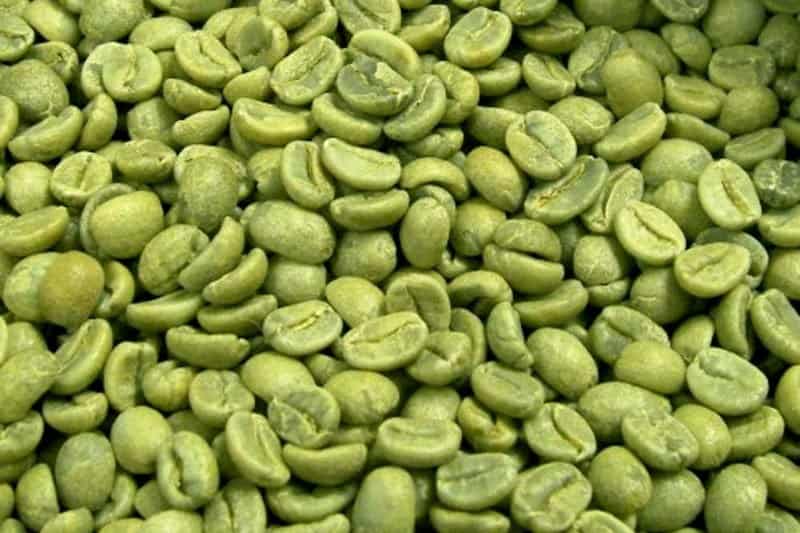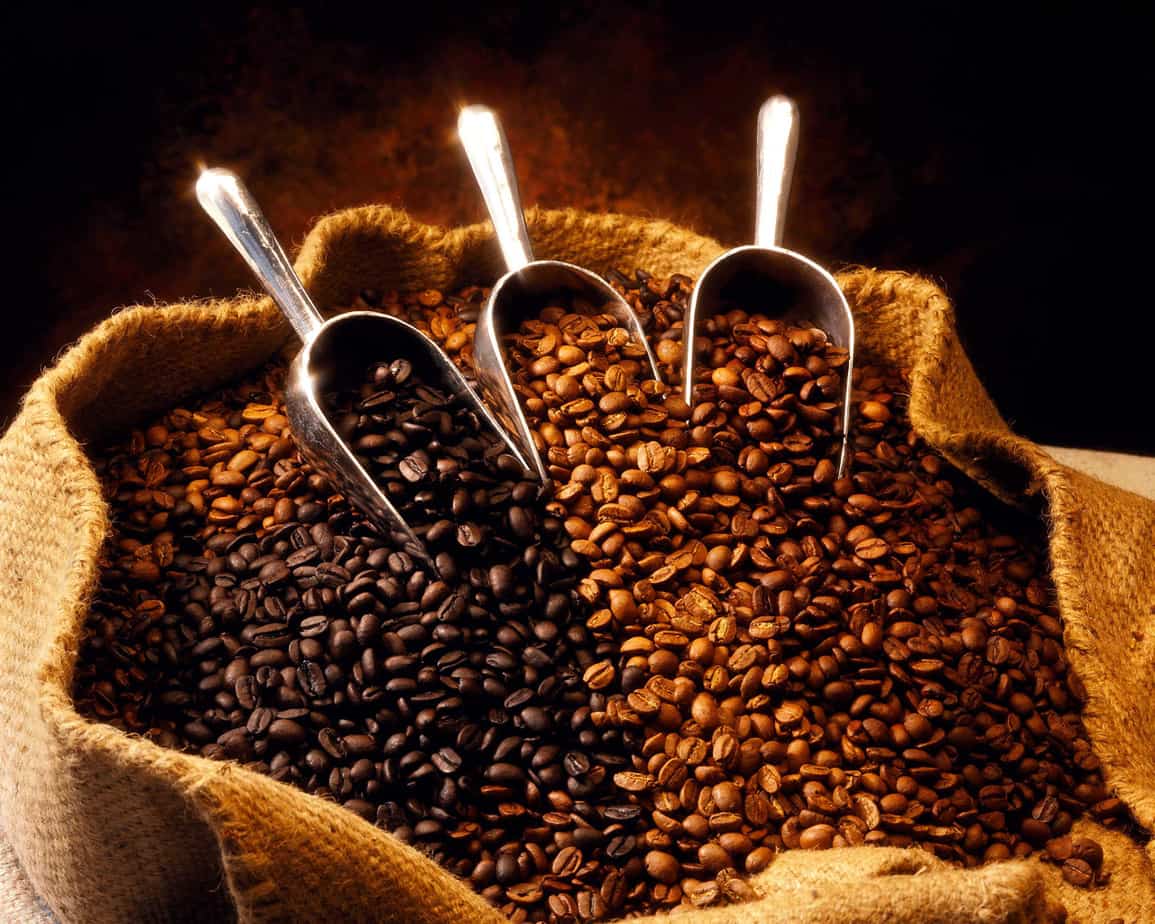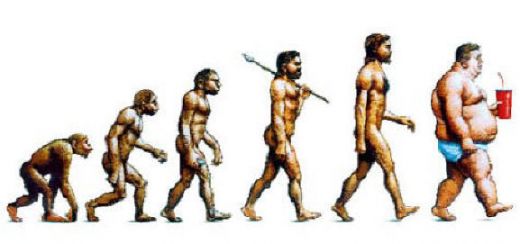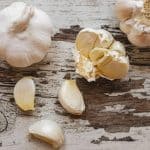
by Editor | Sep 30, 2015 | Diets
Looking for reliable information on the green coffee bean extract diet? Then look no further! The green coffee diet is the latest breakthrough in diet and weight loss, helping thousands of overweight people lose unwanted pounds, effortlessly in a safe, effective manner.
Isn’t it funny how nature has a way of taking care of all of our human ailments? Yet we seem to overlook what is right under our own noses, staring us in the face, and seek synthetic medications instead. How many of us have turned to harmful diet pills, ridiculous fad diet regimens, or made ourselves totally miserable as we try to lose weight? Thanks to the discovery of the remarkable weight loss benefits of green coffee beans, for the vast majority of hopeless dieters around the world, starvation, and damaging diet pills can be a thing of the past.
Everybody knows that coffee contains caffeine. You may have also heard that coffee also contains vital nutrients as well as health-benefiting properties. But did you know that the majority of these healthy benefits, which occur naturally in the coffee bean, are lost during the roasting process?
One of the key naturally occurring nutrients in green coffee beans, and perhaps the most important when it comes to this revolutionary weight loss discovery, is chlorogenic acid. This compound is found in many plants, but seems to have its greatest concentration in coffee. It is defined as a polyphenol derivative, which basically means that it aids the metabolism process in both plants and animals, serves as an antioxidant, and inhibits glucose.
In traditional coffee processing and roasting methods, the majority of the chlorogenic acid is lost or broken down. However, in the case of the green coffee bean, 100% of nature’s beneficial nutrients are retained.
You might be asking yourself, “So if the green coffee bean is so beneficial, why not just eat it or grind it whole, without processing?” The answer is simple. As with any organic compound, fermentation, and decomposition can and do occur. Coffee beans are especially susceptible to rapid decomposition, pest infestation, and mold growth. Therefore, what most consumers find in the store is a roasted, dried coffee bean, which kills any potentially harmful compound.
Today, as a part of this remarkable weight loss discovery, science has now figured out a way to preserve 100% of the green coffee bean nutrients while avoiding any unwanted, potentially toxic problems, such as rot. In order to do this, they utilize special machinery by which the coffee beans are pressed, and the liquid extracted therefrom is preserved in air-tight containers. Later, with minimal processing, the extract is repackaged in pill form, and shipped to market. In this way, consumers who are interested in taking advantage of the weight loss properties of the green coffee diet can do so.
The green coffee diet is revolutionizing the way the world thinks about weight loss. Certainly, it is important to avoid highly processed, greasy, or sugary foods for optimal weight loss. But on the other hand, sometimes nature needs a little push. And today, we know that nature has handed us its own little “wonder pill.” We only need to reach up and grab it!
© 2011-2015 by Overweight.net, an LiVenture. All rights reserved. No part of this document may be reproduced or transmitted in any form or by any means, electronic, mechanical, photocopying, recording, or otherwise, without prior written permission of LiVentures.

by Editor | Sep 30, 2015 | Diets
Few can resist the aroma of a freshly brewed cup of coffee. The benefits of coffee in perking up the mind and awaking the senses are well known, and researchers are actually debating on the point of a few cups of coffee per day being good for health too. But seriously, are you aware of the fact that coffee can be a valuable aid in helping you lose weight?
Surprised? Well, news is that coffee can help you shed off your unwanted kilos. The weight loss industry has grown to be a multibillion dollar business these days with all sorts of fad diets, and pills hitting the market on a daily basis. People want to lose weight desperately either to look and feel good, or for health reasons. But unfortunately all these techniques of dieting that you read about everywhere just don’t seem to be effective enough. Moreover, the slimming pills and potions available in the market may be detrimental to your health too. This is where coffee wins.
(more…)

by Editor | Aug 27, 2015 | Diets
The Paleo Diet, also known as the “Caveman Diet,” is a nutritional plan that uses modern foods to emulate the diet of men and women who lived during the Paleolithic era. Developed by Dr. Loren Cordain, the theory behind this plan is that eliminating foods with little-to-no nutritional value will help the bodywork better. According to Dr. Cordain, “Our nutritional requirements remain almost identical to those requirements which were originally selected for Stone Age humans living before the advent of agriculture.”
The easiest way to remember how to follow the Paleo Diet is the rule, “If a caveman couldn’t eat it, you can’t eat it.”
There are certain fundamental characteristics of hunter-gatherer diets that followers of the plan believe will help to optimize their health, minimize their risk of chronic disease, and aid in weight loss. These include higher protein, potassium, and fiber intakes, lower carbohydrate and sodium intakes, and a balance between net dietary alkaline and acid loads. The Paleo diet also calls for consuming more vitamins, minerals, and plant phytochemicals, as well as monounsaturated, polyunsaturated, Omega-3, and Omega-6 fats dominating your fat intake.
So what can someone following the Paleo diet eat? Here are some dos and don’ts:
Dos:
Quality, grass-fed meat
Seafood
Eggs, including the yolk
Healthy fats and oils
Vegetables
Fruit in moderation
Don’ts:
Processed foods
Legumes (green beans, peanuts, or sugar snap peas)
Grains
Starchy vegetables
Sugar
Alcohol
Dairy products
Vegetable and seed oils
Like with any diet, there are both pros and cons to going Paleo. Obviously, eliminating preservatives, chemicals, and additives will have a hugely positive effect on one’s health. Most of the health problems we face in the western world result from the overindulgence in foods that our cavemen ancestors didn’t have, like grain-based desserts, soda, pizza, and alcohol.
On the other hand, cutting out foods like dairy and grains may result in a loss of the nutrients they provide. There’s also an issue of timeline accuracy. The entire premise of the Paleo plan is to eat like a caveman. Certified Nutritionist Brian St. Pierre points out, “A 2009 review revealed that not only did our Paleolithic ancestors eat legumes, but these were also actually an important part of their diet! Legumes have been found at Paleolithic sites all over the world, and in some cases were determined to be the dominant type of plant food available.”
Here are some other positives and negatives of the Paleo diet:
Pros:
Clean eating, free from processed foods
Feeling full between meals, thanks to the higher protein intake
Increased iron intake
Anti-inflammatory benefits from the nutrients in fruits, vegetables, nuts, seeds, and oils
Weight loss due to factors such as clean eating and being less likely to snack in between meals
Cons:
Cutting out dairy is not optimal for good bone health
Grains are good for energy and overall health
Not ideal for athletes, who need to eat enough carbohydrates for fuel
If you remove certain foods from your diet and don’t find a way to supplement the nutrients you would have gotten from them can cause a nutrient imbalance
If you’re interested in starting the Paleo diet, you can check out thepaleodiet.com for more information and recipes.
© 2015-2020 by Overweight.net. All rights reserved. No part of this document may be reproduced or transmitted in any form or by any means, electronic, mechanical, photocopying, recording, or otherwise, without prior written permission of Overweight.net.




